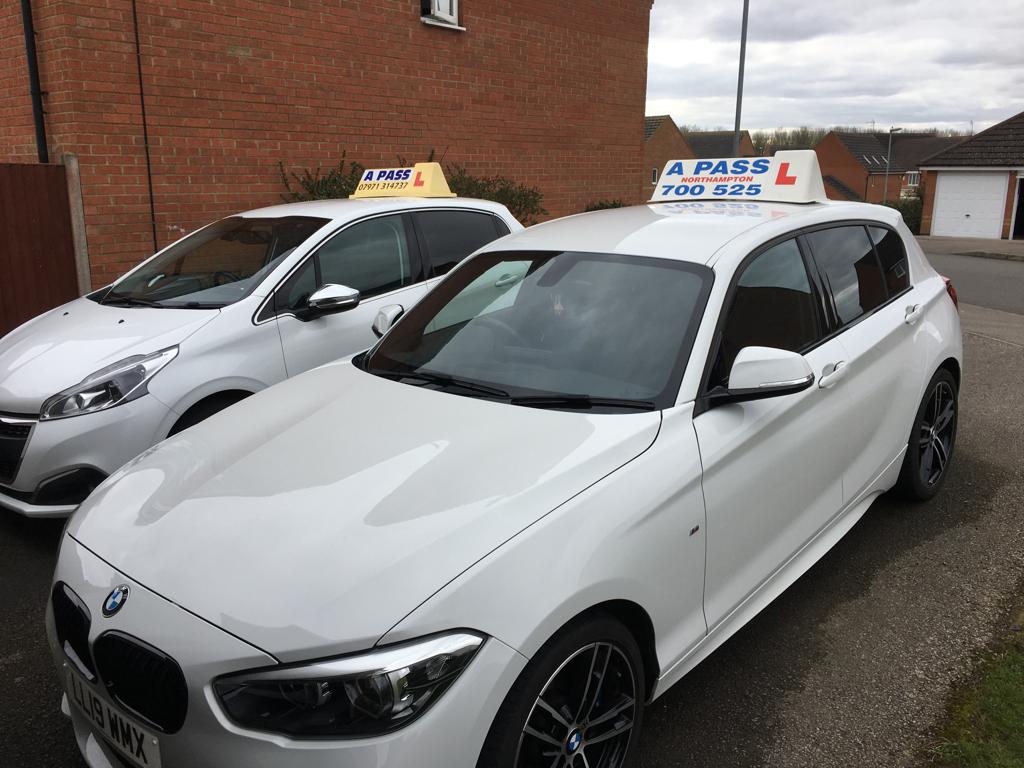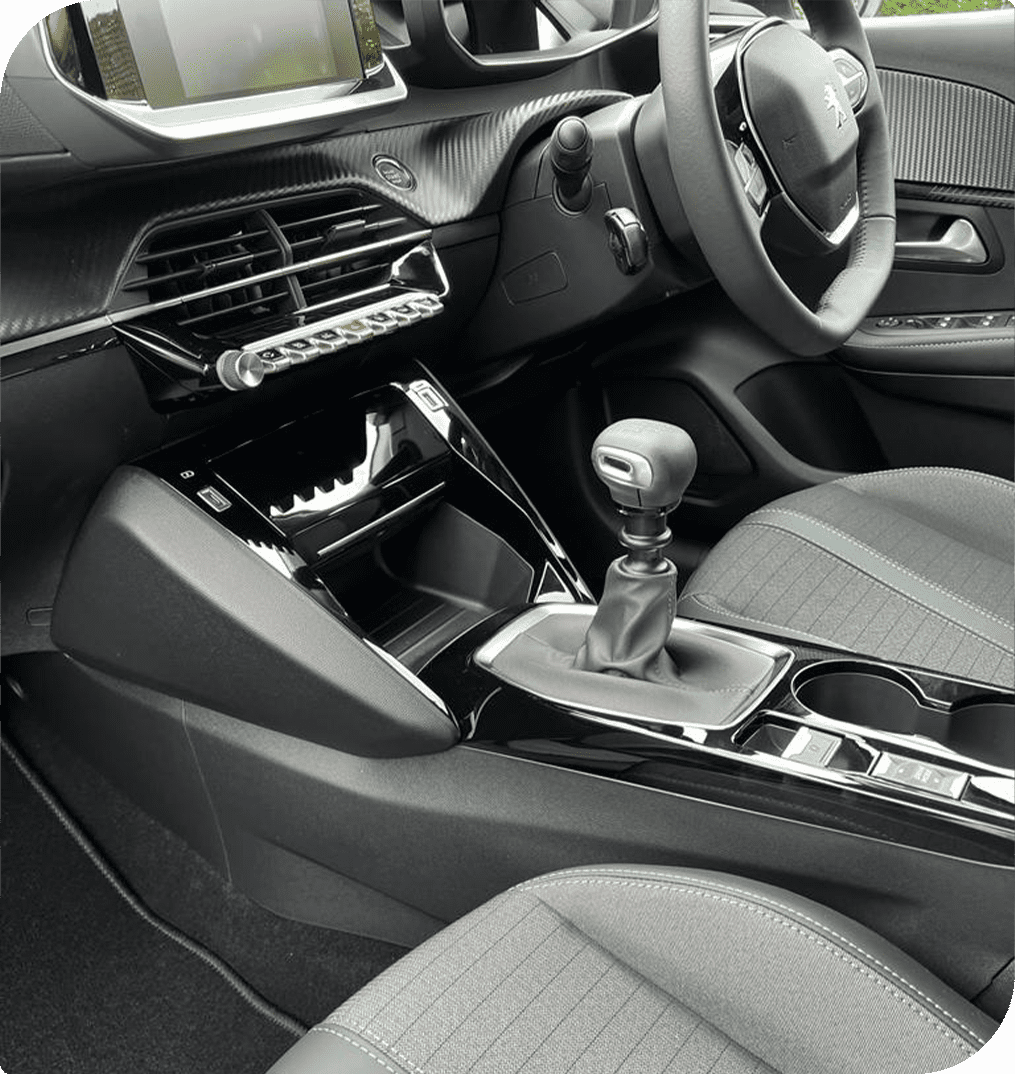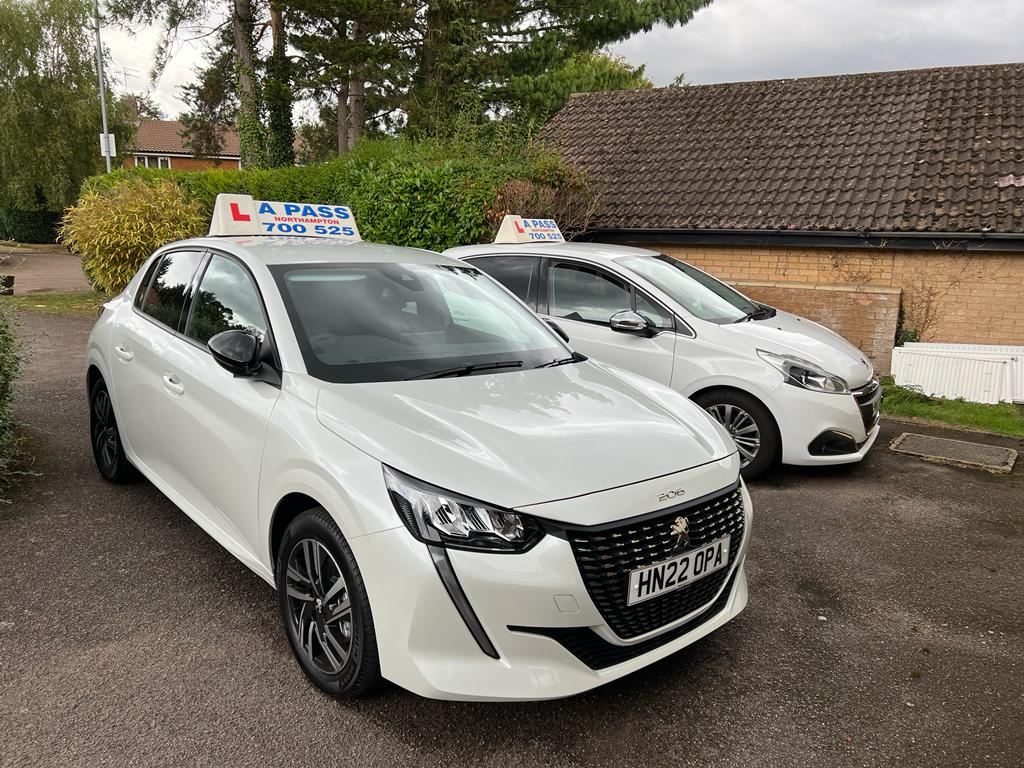
Less Than Half Of Learner Drivers In Britain Pass Their Driving Test
According to official statistics, more than half of all people (54.1%) will fail the UK’s 1.6 million driving tests annually. What are the most frequent causes for failure on the big day? The Driver and Vehicle Standards Agency (DVSA) has identified the most frequent mistakes that learners make on the driving test.
01. Not Controlling The Vehicle Enough During Reverse Parking
The reverse/parallel park is one of the most difficult demands on the driving test, in our view. To finish the exam, the pupil must back their car into a marked bay or behind a parked vehicle on the side of the road. Besides being aware of other road users, the learner must demonstrate complete mastery and precision of the vehicle to ensure that it fits properly into the parking space.
A lot of repositioning and moving is typical, resulting in either the front or rear wheels (or both) of the passenger side ending up on the sidewalk, as well as your final parking position being outside the lines of the bay.
02. Not Reacting To Traffic Signs Correctly
Common mistakes that drivers make when responding to road signs include ignoring a stop or no entry sign, driving in a bus lane when a sign shows that you cannot use it at that time, and not reacting quickly enough (or at all) to speed limit changes.
03. Not Reacting Correctly To Traffic Lights
Driving obviously requires understanding and obeying traffic lights, yet thousands of pupils fail the test for ignoring or misreading them. But this doesn’t just mean barreling through a red light. Pupils can lose marks here for not reacting when there are advanced stop lines for cyclists, as well as moving forward on a green light even though the junction isn’t clear. This then means you’re then blocking the junction when the traffic lights change.
04. Incorrect Positioning When Turning At Junctions
Learners who veer from one side of the road to the other will get marked down, as well as those who choose the wrong lane when approaching a roundabout or junction. For example, when you reach the end of a wide road with no road markings, you should position yourself in the left of your lane when you are actually turning right.
05. Using Mirrors Incorrectly When Changing Direction
When changing direction, always use a rear-view and door-mounted mirror to know who’s behind you and to warn you of any motorbikes or cyclists that might be in your blind spot. However, a quick glance won’t gain you any points with the examiner. Always take the time to look carefully before changing direction, and failure to do so will result in an instant fail. Remember: mirror, signal, manoeuvre.


